Highlighting our Gulf of Thailand location, near the South China Sea
What is Cambodia National Refinery Systems — CNRS?
- A clean fuel processing and blending facility where condensate, or blended crude oil, is structurally broken down into Gasoline, Diesel, Fuel Oil, and LPG; with
- Shore Tankage at scale in a deep-water port for international break bulk distribution; also, with a
- LPG bottling plant; and potentially a Lubricant plant
Where is CNRS located?
- Cambodia
What does CNRS produce?
- Motor Gasoline RON92, RON95, RON98 and Diesel Oil to EURO5 standard.
- On top of this, CNRS also produces LPG, Fuel Oils, and can be optimized to produce Kerosene / Jet Fuel.
- All products are manufactured to ISO 8217 standard.

The key structure of CNRS is the atmospheric distillation system
Atmospheric Distillation
- Used to fractionate condensate, or blended crude oil, into cuts due to boiling temperature for further processing by other processing units.
- The distillation of CNRS produces fuel gas, full-range naphtha, Kerosene / Jet Fuel (optional), Diesel Oil, and fuel oils at the bottom.
- These processes include naphtha hydrotreating, diesel hydrotreating, isomerization, semi-regen reforming.
Capacity of CNRS
- All products are manufactured to ISO 8217 standard.
- The capacity of CNRS in phase 1 is at 250,000 Metric Tons (“MT”) of condensate / year with 8,000 hours / year of on-stream factor at commissioning, scalable to approximately 320k – 350k MT in the first 36 months.
- A quadrupling of this capacity is planned for Phase 2.
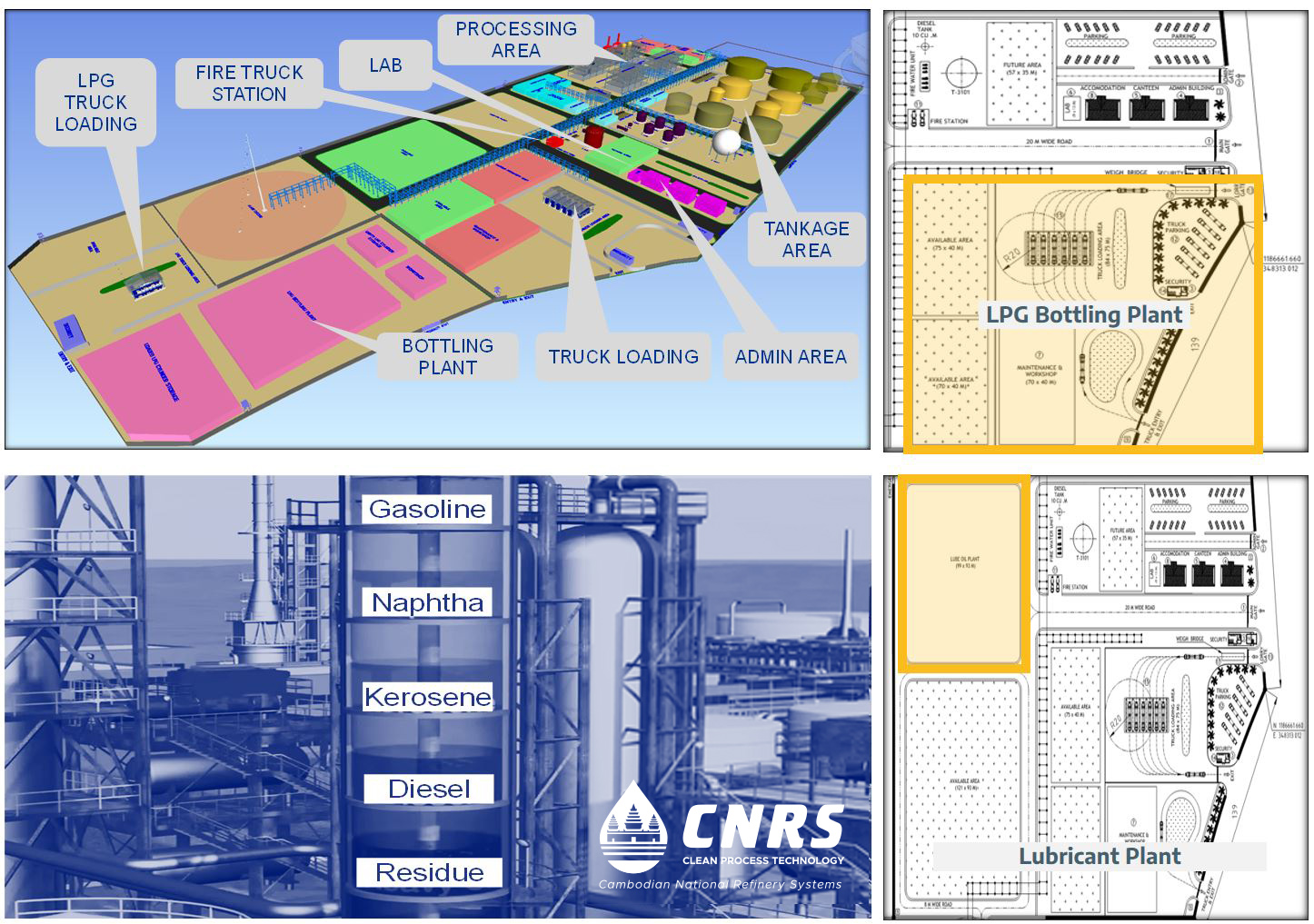
Trading in Closed-end Loop Systems
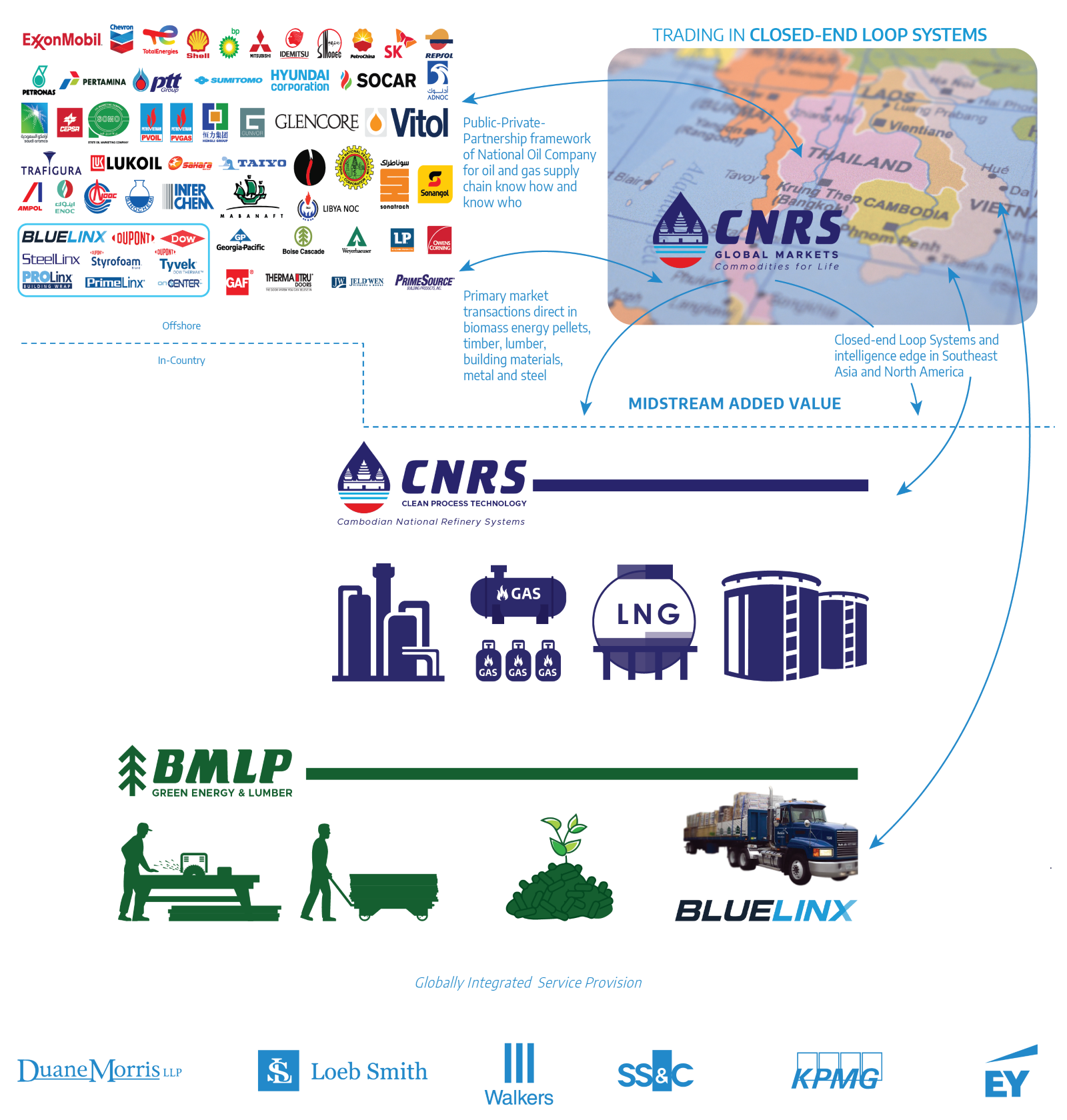

BioMass & Lumber Processing (BMLP) is a brother facility at CNRS

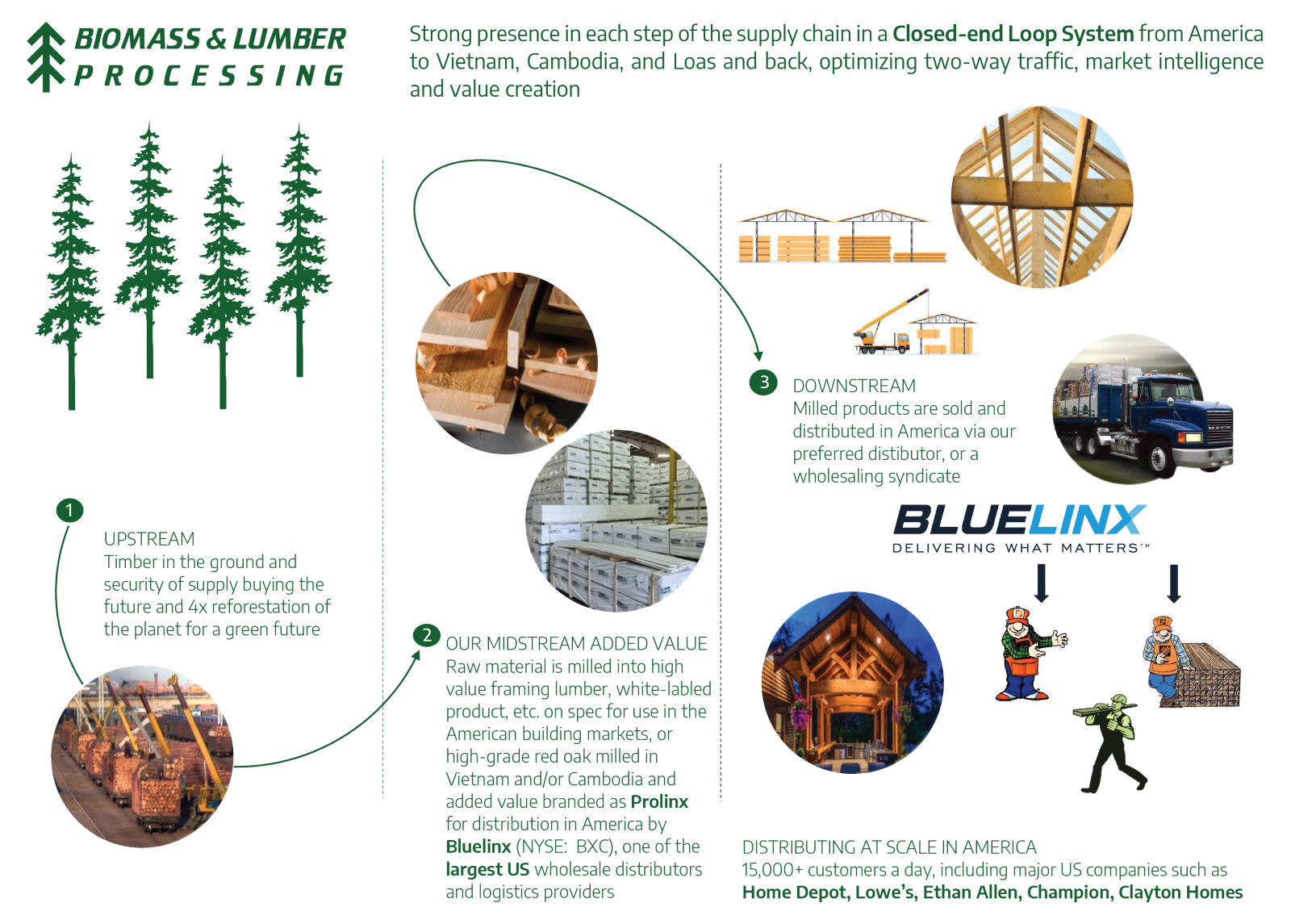
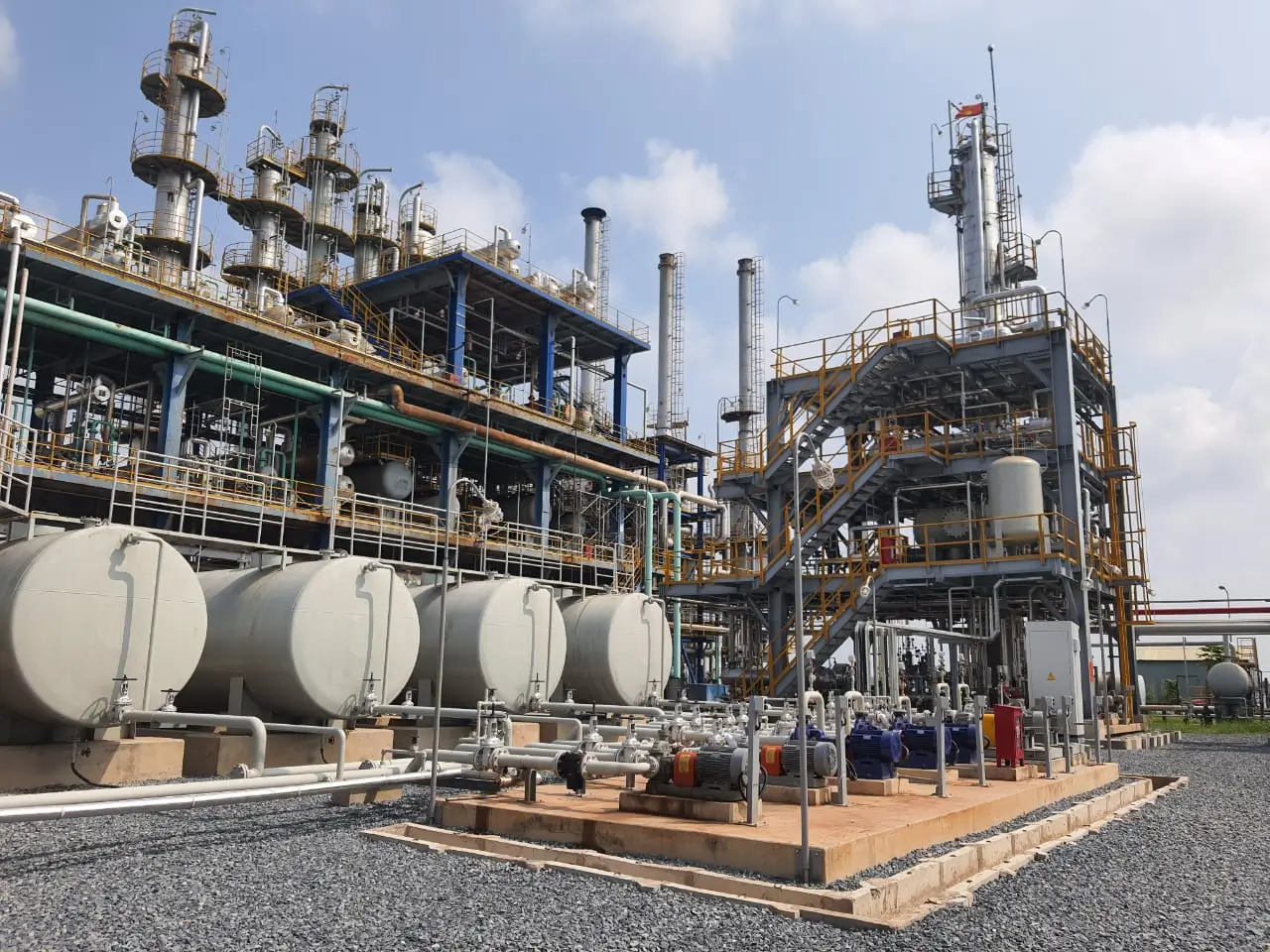
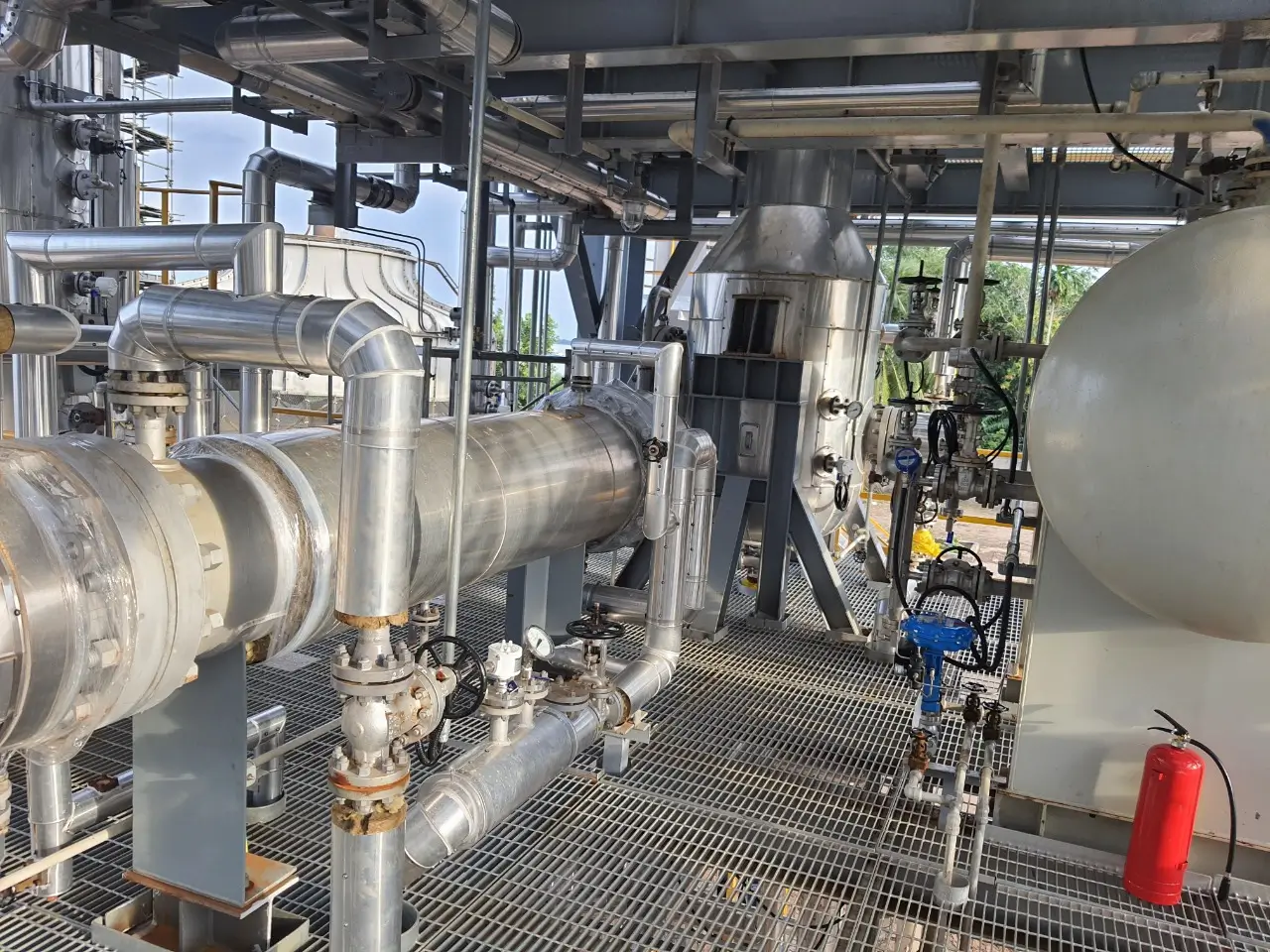

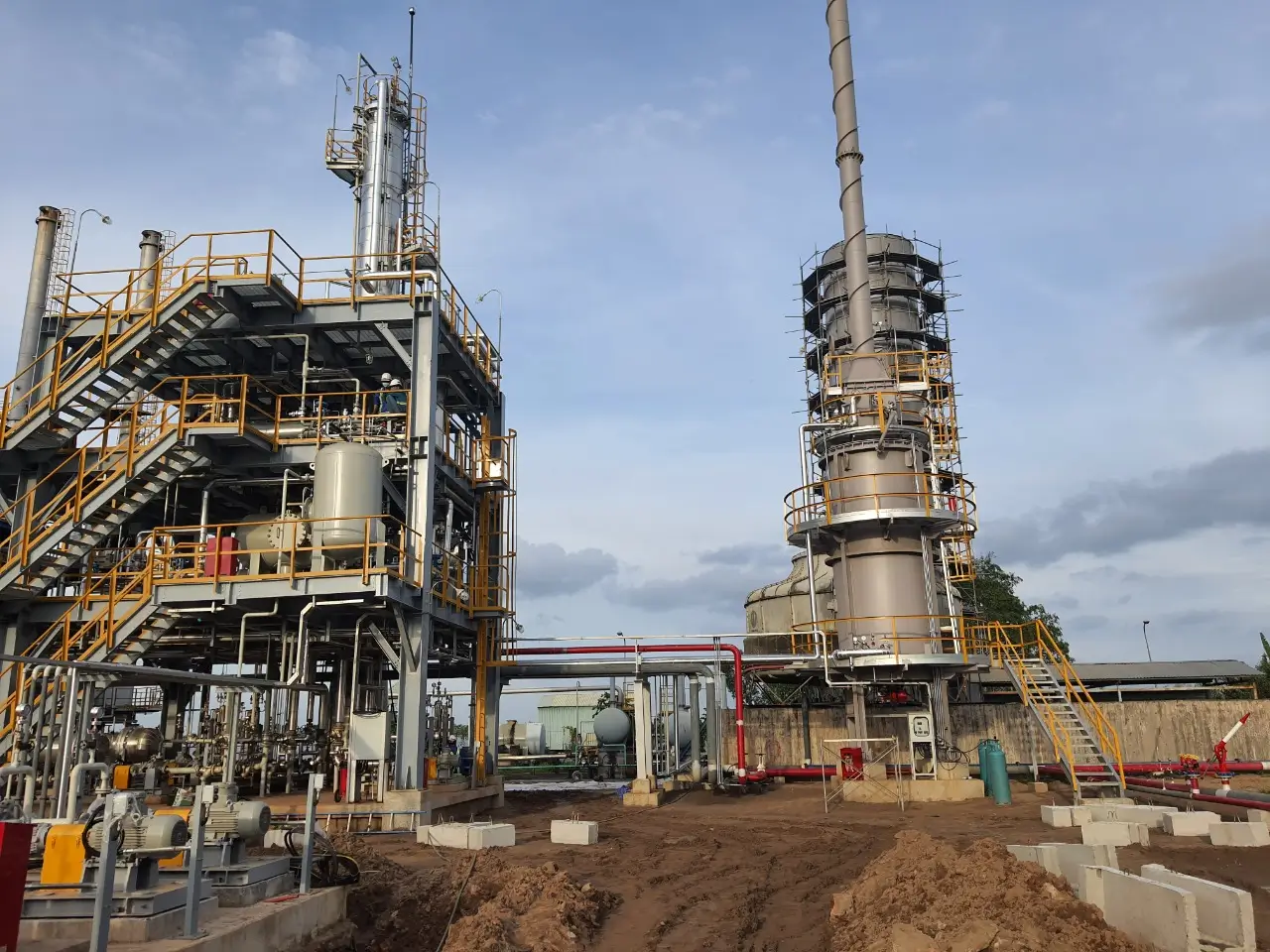
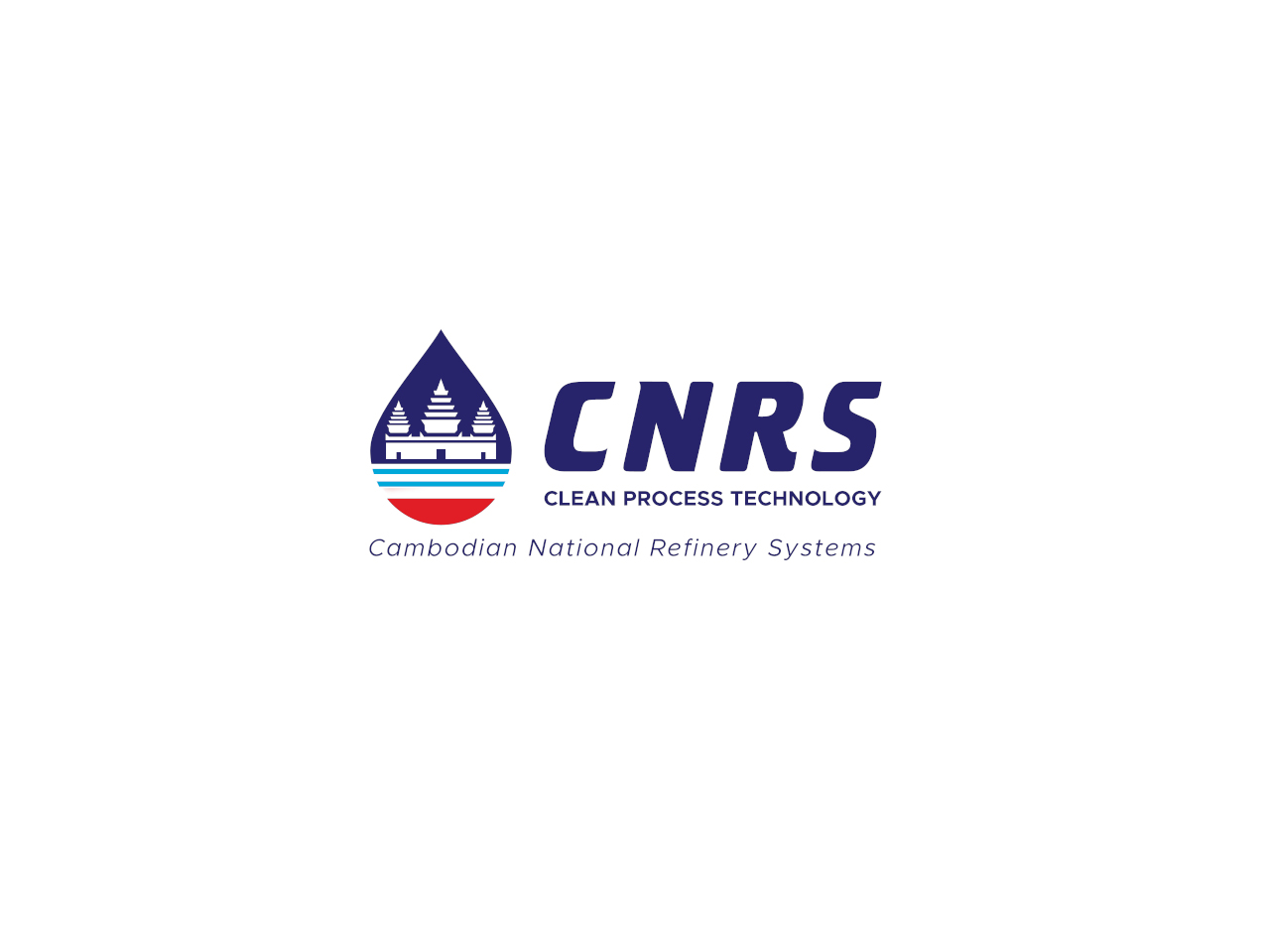



 Traded professionally for over 10 years at Trafigura (Trading Manager), Socar (Senior Trader), and Total (Gasoline Trader).
Traded professionally for over 10 years at Trafigura (Trading Manager), Socar (Senior Trader), and Total (Gasoline Trader). Emphasizing the Oil & Gas industry for Fund investment allocations since stationing in Abu Dhabi, UAE in 2015 at the behest of a member of the Royal Family of Abu Dhabi.
Emphasizing the Oil & Gas industry for Fund investment allocations since stationing in Abu Dhabi, UAE in 2015 at the behest of a member of the Royal Family of Abu Dhabi.